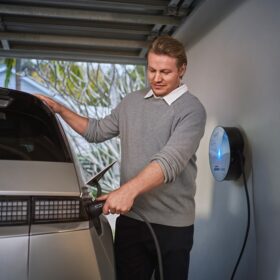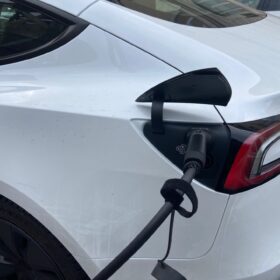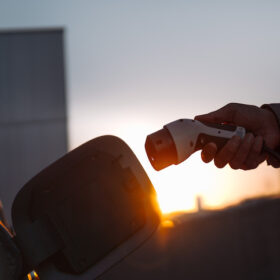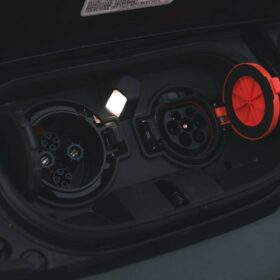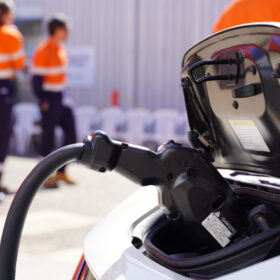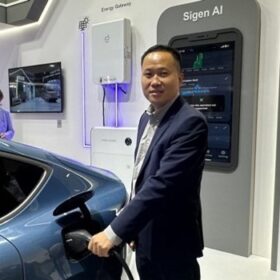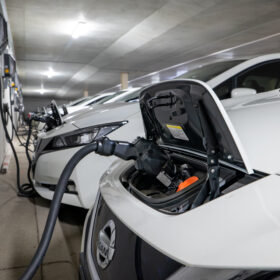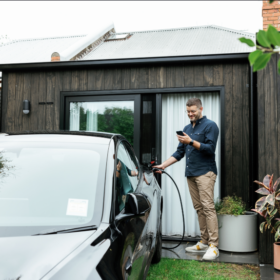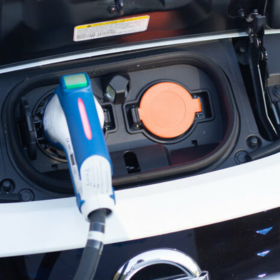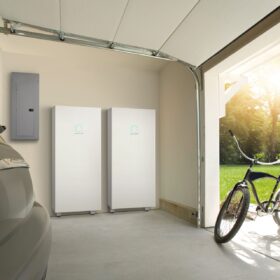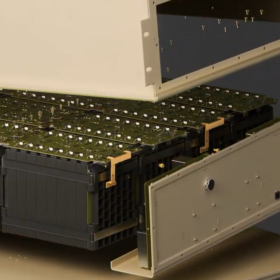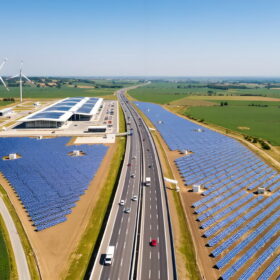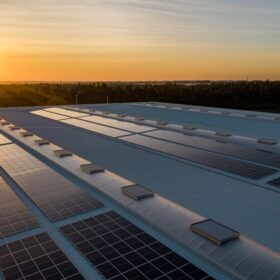‘A house battery you can drive around’: how a handful of Australians are selling power from their cars back to the grid
Our cars sit unused most of the time. If you have an electric vehicle, you might leave it charging at home or work after driving it. But there’s another step you could take. If you have a bidirectional charger, you can set it to sell power back to the grid when demand is high.
Research paints positive picture of used EV battery health
New Australian research around battery degradation in used electric vehicles has found average battery health exceeded 90%, even for vehicles that have travelled more than 120,000 kilometres.
ARENA roadmap shines light on vehicle-to-grid charging potential
A roadmap for bidirectional electric vehicle charging in Australia, released by ARENA in partnership with RACE for 2030, is set to play a key role in guiding policy and initiatives for the widespread commercialisation of vehicle-to-grid technologies.
Bowen gives vehicle-to-grid technology green light
The federal government says new standards have been approved that will allow vehicle-to-grid charging in Australia – enabling electric vehicles to not only charge but also supply power back to homes or the electricity grid – by the end of the year.
CSIRO and Essential Energy to trial vehicle-to-grid tech
New South Wales distributed network service provider Essential Energy and Australia’s national science agency CSIRO have partnered to investigate how vehicle-to-grid technology can be best integrated as part of a wider home energy management system and support the energy system of the future.
Energy storage is a solved problem
There are thousands of extraordinarily good pumped hydro energy storage sites around the world with extraordinarily low capital cost. When coupled with batteries, the resulting hybrid system has large energy storage, low cost for both energy and power, and rapid response. Storage is a solved problem.
Sigenergy aims to conquer commercial PV storage market with AI
Sigenergy was one of the first companies to present a bidirectional DC wallbox that is integrated into a photovoltaic storage system. Co-founder and CTO Samuel Zhang talks about the manufacturer’s story and its plans to expand into the commercial market, integrating AI into its systems and the future of vehicle-to-grid technology.
Electric vehicles can be a line of defence in outage emergencies, research finds
In a world first, researchers at the Australian National University, Canberra, got the grid emergency they needed in February 2024, to provide clear evidence electric vehicles using vehicle-to-grid (V2G) systems can bolster the grid in a blackout.
Batteries on wheels trial gets $3.2 million boost
Over the next three years energy retailer and tech company Amber Electric will trial a software solution for electric vehicle smart charging and bi-directional vehicle-to-grid services to enable consumers using their cars can buy and sell energy to the grid.
Horizon puts V2G technology to test in state first
West Australian regional energy provider Horizon Power has plugged in a vehicle-to-grid technology test in the northern resort town of Exmouth to trial the potential of bidirectional electric vehicle charging to optimise the use of renewable energy while maintaining network reliability.
